9 IMPORTANT POINTS TO NOTE WHEN BUILDING CONTAINER HOUSES
 Cheap, economical, versatile and clean, not to mention sustainability and environmental protection thanks to the recycling and reuse of discarded container structure frames. Thanks to the compact and dynamic size and structure of the container, it can be designed and used in many types of buildings: houses, cafes, mobile libraries, security stations or even stores.
However, like building traditional houses, the construction of houses by container is not simply a story of overlapping layers of container blocks into houses. It also has many challenges and difficulties that you need to plan carefully before you start the construction.
This following are 9 important points that you need to keep in mind when building a container house.
Cheap, economical, versatile and clean, not to mention sustainability and environmental protection thanks to the recycling and reuse of discarded container structure frames. Thanks to the compact and dynamic size and structure of the container, it can be designed and used in many types of buildings: houses, cafes, mobile libraries, security stations or even stores.
However, like building traditional houses, the construction of houses by container is not simply a story of overlapping layers of container blocks into houses. It also has many challenges and difficulties that you need to plan carefully before you start the construction.
This following are 9 important points that you need to keep in mind when building a container house.
#1. INSULATION LAYER IS VERY IMPORTANT
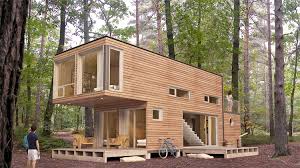 The most important issue is whether you want to live in an iron, metal box with high thermal conductivity, but also protected in enclosed one, especially on hot summer days with a heat base of more than 35 degree Celsius? The answer is a huge “NO” of course!
Regardless of the cost and performance benefits, high temperatures, heat and squash are the main reasons many people are afraid of using containers for housing. This is completely understandable in the context of hot and humid weather in Malaysia.
Therefore, if you are planning to build a container house, do not forget to plan and handle the insulation with extra care and do spare some budget on this part of structure. There are many good effective insulation panels available on the market. You can choose among different materials, design, and cost that fit your needs.
The most important issue is whether you want to live in an iron, metal box with high thermal conductivity, but also protected in enclosed one, especially on hot summer days with a heat base of more than 35 degree Celsius? The answer is a huge “NO” of course!
Regardless of the cost and performance benefits, high temperatures, heat and squash are the main reasons many people are afraid of using containers for housing. This is completely understandable in the context of hot and humid weather in Malaysia.
Therefore, if you are planning to build a container house, do not forget to plan and handle the insulation with extra care and do spare some budget on this part of structure. There are many good effective insulation panels available on the market. You can choose among different materials, design, and cost that fit your needs.
 Roof system, wall layers in all direction that contact with sun light should be treated carefully and thoughtfully. You need to judge the direction of the house and the land to find out the sun light direction and proper container placement. In addition, trees also work well to reduce heat, prevent extreme sun light and create good shade. Therefore, it will be helpful if your container house is surrounded by luxuriant gardens. However, if condition is not allowed so, you can take advantage of the wooden garden pallet, stand in the outer container.
In addition, to ventilate and regulate the climate in the container space, there are two ways: mechanical ventilation such as using fans to regulate the temperature or make use of natural ventilation by gouging container walls for windows and door.
Roof system, wall layers in all direction that contact with sun light should be treated carefully and thoughtfully. You need to judge the direction of the house and the land to find out the sun light direction and proper container placement. In addition, trees also work well to reduce heat, prevent extreme sun light and create good shade. Therefore, it will be helpful if your container house is surrounded by luxuriant gardens. However, if condition is not allowed so, you can take advantage of the wooden garden pallet, stand in the outer container.
In addition, to ventilate and regulate the climate in the container space, there are two ways: mechanical ventilation such as using fans to regulate the temperature or make use of natural ventilation by gouging container walls for windows and door.
#2 CAREFULLY UNDERSTAND CONSTRUCTION LAWS AND REGULATIONS ON HOUSING PLANNING AND ARCHITECTURE
 Container houses are in the form of special constructions (depending on the works involved), there are many conflicting opinions arguing whether it should be considered as a construction or not, and there is no specific provision in the management of container houses. This is one of the legal loopholes making it difficult for people to build a container houses in unknown land.
Therefore, to avoid legal trouble, to be able to freely build and use container houses, you should:
Container houses are in the form of special constructions (depending on the works involved), there are many conflicting opinions arguing whether it should be considered as a construction or not, and there is no specific provision in the management of container houses. This is one of the legal loopholes making it difficult for people to build a container houses in unknown land.
Therefore, to avoid legal trouble, to be able to freely build and use container houses, you should:
- Have documents with authority to use the land at the place where you are going to conduct the container works.
- Having a construction permit, or a permit for construction or temporary construction of works. Sign up with local authorities clearly, ensure compliance with regulations on urban environment.
- If you cannot meet 1 or 2 requirements, you should attach more wheels to the container, turn it into a form of construction, mobile housing to avoid being bothered by the authorities. At the same time, if it is required to relocate, it is also easy to move and operate.
#3 LOYAL TO YOUR DESIGN
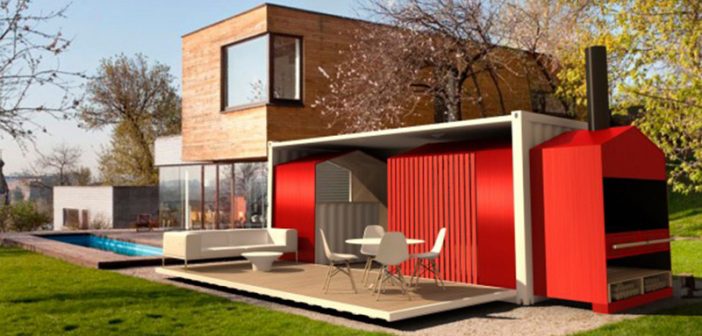 Traditional construction methods consume a lot of time, money and manpower. Not to mention there are countless problems arising during the construction process. The reason is partly due to the investor, the designer loosely monitors or is not consistent with his original design. The same construction with containers. Once started, it is difficult to amend the design and structure. Changing plans will only make the cost rise with more materials, resources, and man power required. Therefore, to avoid trouble, plan and design the build carefully before starting the construction work.
Traditional construction methods consume a lot of time, money and manpower. Not to mention there are countless problems arising during the construction process. The reason is partly due to the investor, the designer loosely monitors or is not consistent with his original design. The same construction with containers. Once started, it is difficult to amend the design and structure. Changing plans will only make the cost rise with more materials, resources, and man power required. Therefore, to avoid trouble, plan and design the build carefully before starting the construction work.
#4 KNOW THE SIZE, SCALE AND FUNCTION OF EACH TYPE OF CONTAINER
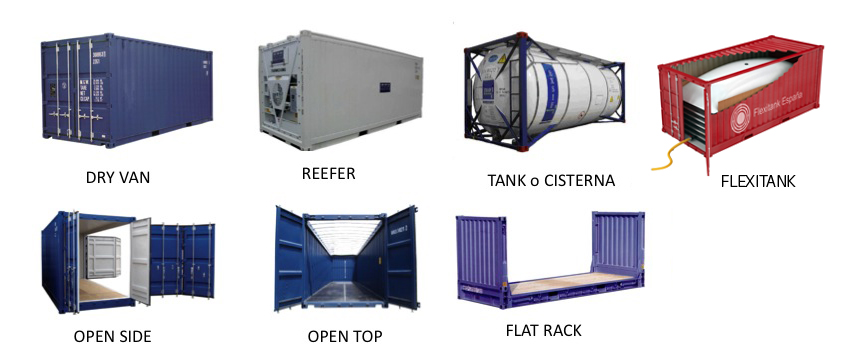 Containers have many types and are used for different purposes. Sorting by function, container includes 7 main types:
Containers have many types and are used for different purposes. Sorting by function, container includes 7 main types:
- dry container (dry cargo, department store),
- bulk cargo container (with roof door),
- specialized container (carrying animals, cattle, cars, others with specific designs),
- refrigerated containers (containers are available with insulation, transporting goods with temperature control such as frozen items),
- open-roof containers,
- skeleton containers (without walls),
- container tanks (cargo liquid chemical).
- 20 'container: length of 6,058m x width of 2,438m x 2,591m height (internal actual size: 5,867m x 2,352m x 2,385m)
- 40 'container: length of 12,192m x 2,438m x height 2,591m (actual internal dimension: 12,032m x 2,352m x 2,385m)
- High 40 'container: 12,192m x long, 2,438m x width 2,896m high (actual internal dimension: 12,032m x 2,352m x 2,650m)
- 45 'tall container: 13,716m long x 2,438m x 2,896m high (actual internal dimension: 13,556m x 2,352m x 2,698m)
#5 DON'T CUT OR TRIM TOO MUCH
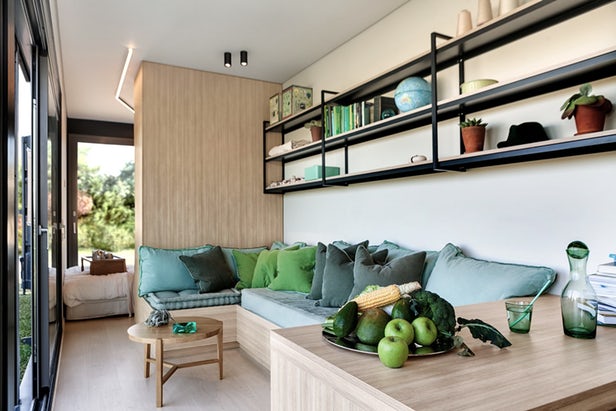 It is obvious that in the container house, you might cut the wall to turn the container to a comfortable living space. However, it must be carefully controlled and calculated. Excessive change on containers base structure will result in many costs, not to mention the durability of the inherent bearing structure.
It is obvious that in the container house, you might cut the wall to turn the container to a comfortable living space. However, it must be carefully controlled and calculated. Excessive change on containers base structure will result in many costs, not to mention the durability of the inherent bearing structure.
#6 CHECK CAREFULLY THE CONTAINER QUALITY AND TECHNICAL STANDARDS BEFORE ORDERING
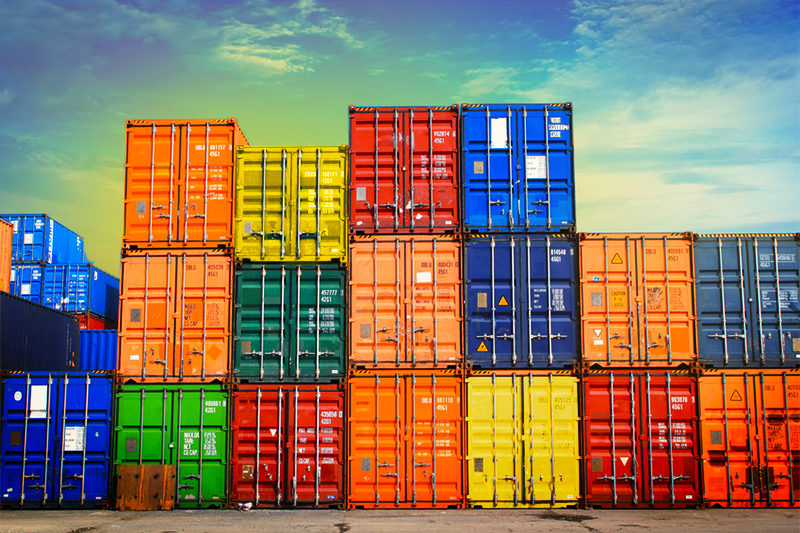 This is not a shirt or book that you can order online via just a few photos. To ensure the quality of the container, go ahead to check on site yourself and with your family. Check carefully the technical standards and storage conditions of the container to see if it meets your requirements. To be sure, go with the experts to get the most comprehensive advice and look so that you can avoid falling into a buying trap or purchasing something that might not be useful for you.
This is not a shirt or book that you can order online via just a few photos. To ensure the quality of the container, go ahead to check on site yourself and with your family. Check carefully the technical standards and storage conditions of the container to see if it meets your requirements. To be sure, go with the experts to get the most comprehensive advice and look so that you can avoid falling into a buying trap or purchasing something that might not be useful for you.
#7 SAVE MONEY THANKS TO ONE-TRIP CONTAINER (CONTAINER ONLY FOR 1 SHIPMENT)
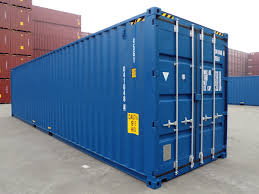 There is a form of shipping container that is cheaper than other types, which is a one-trip container. It is only used to carry one shipment and then it is discarded. You can choose this type of container to save costs.
There is a form of shipping container that is cheaper than other types, which is a one-trip container. It is only used to carry one shipment and then it is discarded. You can choose this type of container to save costs.
#8 UNDERSTAND THE BASIC STRUCTURE OF CONTAINERS
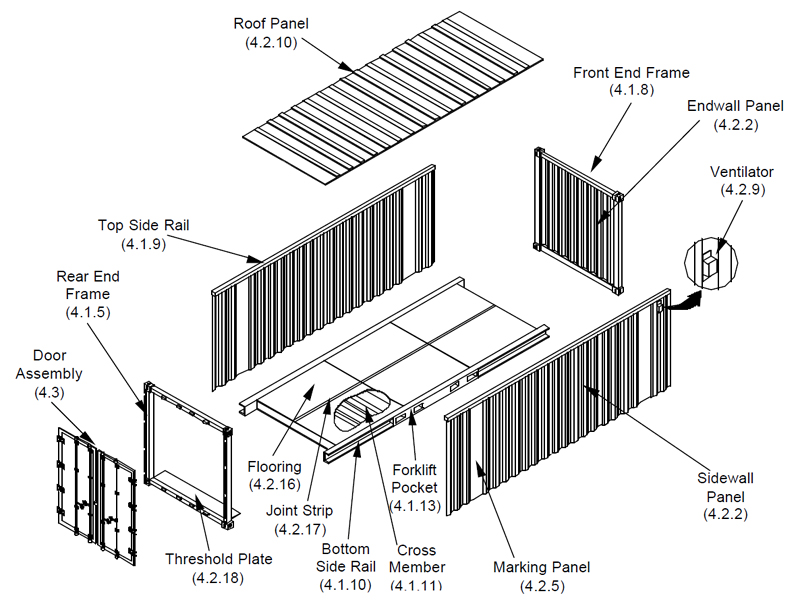 You will need to learn and study the basic structure of containers, especially when you want to design and build as you like. Well, at least know the main basic framework to make the plan so that your design won’t go wild and not realistic.
You will need to learn and study the basic structure of containers, especially when you want to design and build as you like. Well, at least know the main basic framework to make the plan so that your design won’t go wild and not realistic.
#9 THINKING ABOUT NATURE, PROTECTING THE ENVIRONMENT
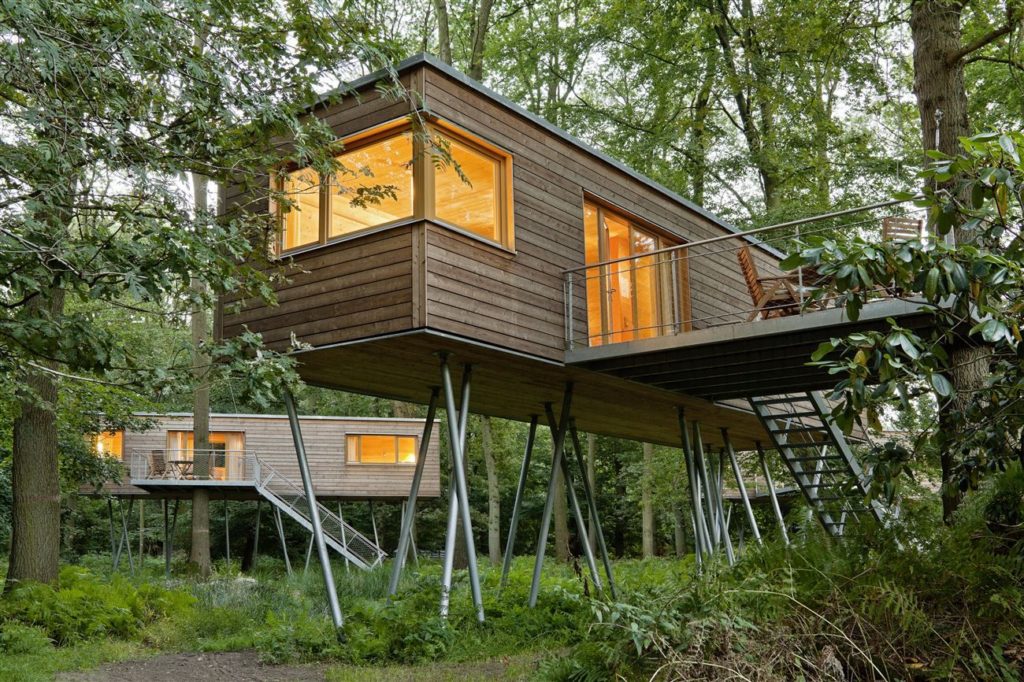 As mentioned above, trees have the effect of reducing heat, creating shades and reducing UV that reach your house. So, it is very beneficial for container house which may suffer much during the hot weather in the summer. Plant as many trees as you can. Bushes and shade trees around the house, not only it can create a microclimate but also increase the vitality of living space.
As mentioned above, trees have the effect of reducing heat, creating shades and reducing UV that reach your house. So, it is very beneficial for container house which may suffer much during the hot weather in the summer. Plant as many trees as you can. Bushes and shade trees around the house, not only it can create a microclimate but also increase the vitality of living space.




